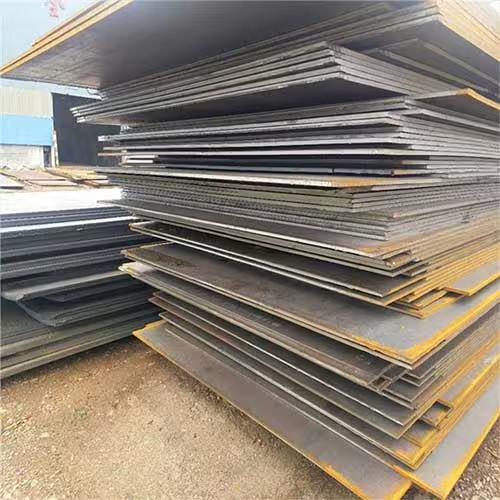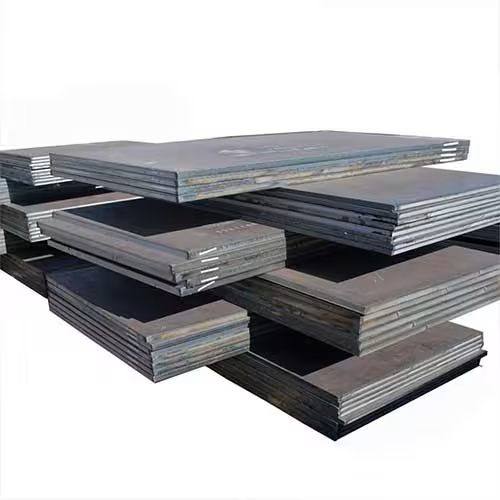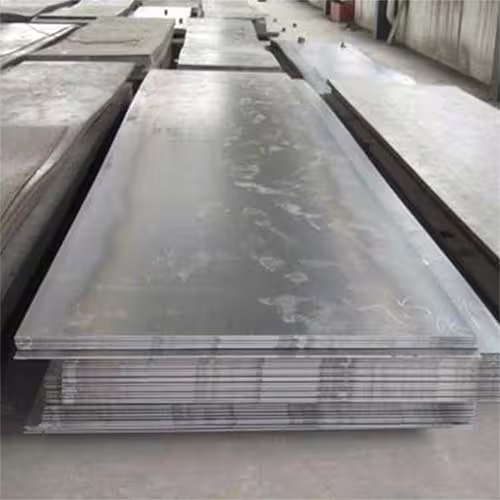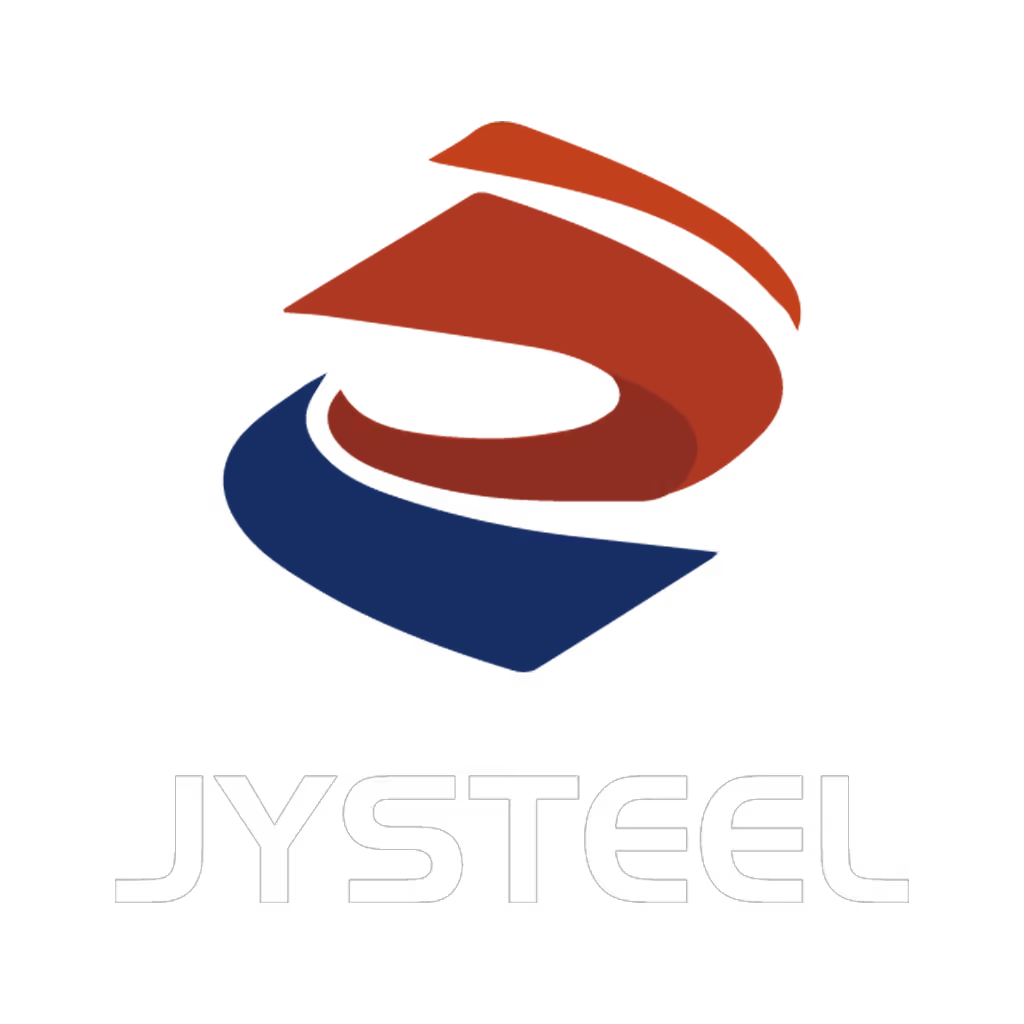مرحبًا بك في مدونتي!
قبل أن نتعمق في المحتوى، أود أن تنضموا إليّ على منصات التواصل الاجتماعي الخاصة بي حيث أشارك المزيد من الأفكار وأتفاعل مع المجتمع وأنشر التحديثات. إليك كيف يمكنك التواصل معي:
فيسبوك : فيسبوكhttps://www.facebook.com/profile.php?id=61565500692293
والآن، لنبدأ رحلتنا معًا. آمل أن تجدوا المحتوى هنا ثاقباً وجذاباً وقيّماً.
جدول المحتويات
مقدمة

In the world of metal fabrication and manufacturing, selecting the right type of steel is critical. Hot rolled plate steel and cold rolled steel are two widely used types, each offering unique properties suited for different industrial and commercial applications. Knowing their differences helps you make the best material choice based on strength, surface finish, and processing needs.
This blog will walk you through everything you need to know about hot rolled plate steel compared to cold rolled steel—including how they are made, their pros and cons, applications, and how they affect your bottom line.
How Hot Rolled Plate Steel Is Produced
Hot rolled plate steel is manufactured by heating slabs of steel above their recrystallization temperature—usually around 1,700°F (927°C). Once heated, the steel is passed through large rollers that shape it into sheets or plates. After shaping, the steel is cooled at room temperature, which contributes to a slightly rough surface texture.
Key Characteristics of Hot Rolled Plate Steel
High Ductility: Easy to bend and form, ideal for structural applications
Scale Formation: The cooling process leaves a scaly surface that can be removed if necessary
فعالة من حيث التكلفة: Due to fewer processing steps
Lower Dimensional Accuracy: Not as precise as cold rolled steel but sufficient for many industrial uses
How Cold Rolled Steel Differs in Processing
Cold rolled steel starts its life as hot rolled steel. After initial hot rolling, it is cooled and then re-rolled at room temperature. This second process improves the steel’s surface finish, strength, and dimensional precision.
Notable Traits of Cold Rolled Steel
Smooth Finish: Suitable for applications requiring tight tolerances and clean appearance
Higher Strength: Rolling at room temperature increases tensile strength
أبعاد دقيقة: Ideal for parts that must fit together precisely
More Expensive: Due to the additional processing
Hot Rolled Plate Steel vs Cold Rolled: A Side-by-Side Comparison
Here is a quick comparison to help you understand their core differences:
| الميزة | Hot Rolled Plate Steel | Cold Rolled Steel |
|---|---|---|
| Manufacturing Temperature | Over 1,700°F (927°C) | Room temperature |
| Surface Texture | Rough, scaly | Smooth, polished |
| دقة الأبعاد | Lower precision | High precision |
| القوة | More ductile, less tensile strength | قوة شد أعلى |
| التكلفة | أقل | أعلى |
| Primary Use | Structural, heavy-duty applications | Precision-based, finished products |
Industrial Applications: Where Each Type Performs Best

Applications of Hot Rolled Plate Steel
Due to its cost-efficiency and flexibility, hot rolled plate steel is commonly used in:
Construction: Beams, columns, and bridges
Heavy Machinery: Structural frames and chassis
Shipbuilding: Hulls and decks
Agriculture: Equipment frames and structural panels
Applications of Cold Rolled Steel
Cold rolled steel shines in areas requiring clean finishes and tighter tolerances, such as:
Appliances: Housing for refrigerators, washing machines
Automotive: Body panels and interior components
Furniture: Desks, filing cabinets, and frames
Electrical Cabinets: Where precision and smooth finishes are required
Performance Factors to Consider

تشطيب السطح
If you need steel that looks polished and smooth, cold rolled steel is the way to go. Hot rolled steel’s finish can be made smooth with further processing but usually comes with a raw, matte appearance.
القوة والمتانة
Cold rolled steel has a higher tensile strength and is better suited for products that endure higher stress. However, hot rolled steel performs excellently where high strength and ductility are needed without tight specifications.
كفاءة التكلفة
Hot rolled plate steel is generally more economical, making it ideal for large-scale structural applications where tight tolerances aren’t necessary.
الخاتمة
Both hot rolled plate steel and cold rolled steel have their place in modern manufacturing and construction. If your application needs a strong, affordable material and doesn’t require a perfect surface or exact dimensions, hot rolled plate steel is likely your best choice. On the other hand, if you’re building a product that needs precision and a high-quality finish, cold rolled steel is well worth the extra investment.
Understanding the differences helps avoid unnecessary costs and ensures that your materials meet both functional and aesthetic requirements.
الأسئلة الشائعة
Is hot rolled plate steel suitable for welding?
Yes, it is widely used in welding applications due to its high ductility and ease of shaping.
Does cold rolled steel require post-processing?
In most cases, no. Its smooth finish and precision make it ready for use, especially in consumer-facing products.
Can hot rolled steel be used for aesthetic applications?
Generally no, unless further processed. The scaly surface isn’t suitable for visible or decorative parts without finishing.
Why is cold rolled steel stronger?
The cold rolling process increases the steel’s hardness and tensile strength by compacting its structure.
What’s the main reason to choose hot rolled plate steel?
Affordability and ease of fabrication for structural applications where appearance and tight tolerances are less important.

